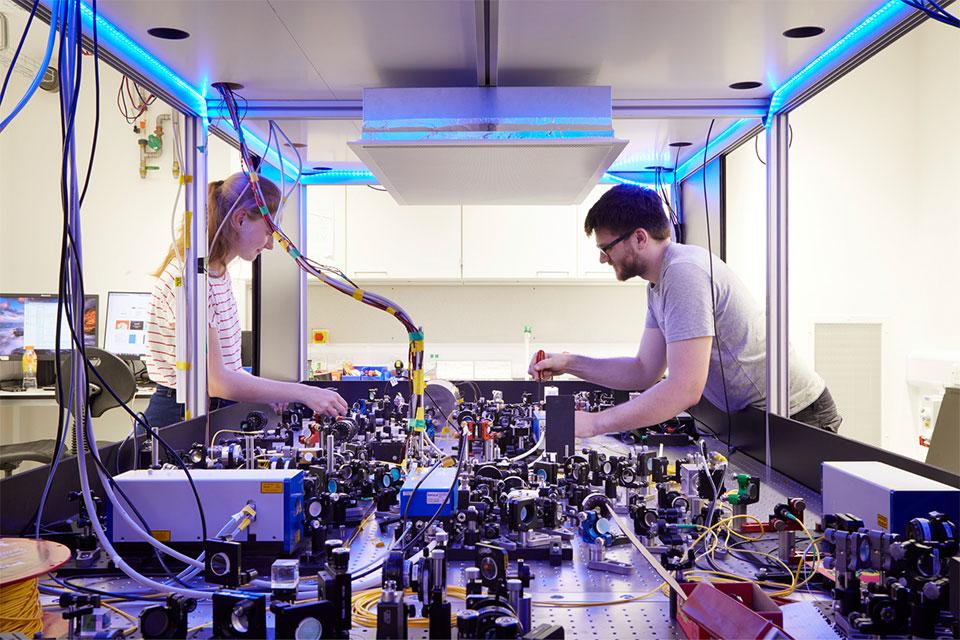Beecroft Building
Abstract:
We are developing a large-scale atom interferometer based on the clock transition of strontium atoms in a project called AION: An Atom Interferometer Observatory and Network. An eventual aim is to operate this instrument as part of a network, including other large-scale atom interferometer experiments in progress worldwide. AION will search for ultralight dark matter and is a technology pathfinder for future gravitational wave detectors in a previously unexplored frequency band (when the devices have been scaled up to kilometre size). The talk will provide an introduction to atom interferometry, describe the operating principles of the detector and instrument design, including the advantages of using the single-photon clock transition in strontium as compared to (two-photon) Raman transitions that are currently used in atom interferometers based on laser-cooled alkali metal atoms. Before scaling up to km size work is being undertaken within the AION consortium to develop the technologies, including building a 10m atom interferometer in the Beecroft Building. This seminar will also discuss a recent scheme we’ve developed to improve the precision of the measured value of the fine structure constant through atomic photon-recoil frequency measurement in a Ramsey-Borde interferometer configuration. Large-momentum-transfer (LMT) pulses in the sequence can enhance the recoil phase sensitivity quadratically with the number of LMT pulses. Along with the increased time-of-flight afforded by an O(10m) atomic fountain, this offers the prospect of increasing the precision of the fine-structure constant by an order of magnitude with current technology and no longer having atom interferometry limit the measurement.

